
Hoops Heaven — Winning Time: The Rise of the Lakers Dynasty
Cinematographers Todd Banhazl and Mihai Malaimare Jr. employ multiple film and video camera formats to lend this period HBO sports series an air of authenticity.

Photos by Warrick Page, courtesy of HBO
The production of Winning Time: The Rise of the Lakers Dynasty — the new HBO series about the 1980s ascent of the Los Angeles Lakers basketball team — traveled a particularly unorthodox visual path. According to Adam McKay, show executive producer and one of its directors, that path was designed to inject a true story with the tongue-in-cheek, sometimes-hyperbolic storytelling tactics envisioned by showrunner Max Borenstein and his writers. Painstakingly reproduced historical moments, involving dozens of real-life figures who contributed to the Lakers’ rise, are liberally woven together with comedic scenes that periodically break the fourth wall like backboard-shattering dunks.
“I realized we were going to have some fun with this show, as far as its style and look were concerned.”
— executive producer-director Adam McKay
Once McKay saw that the blend of historical accuracy and comedy worked in the script, “I realized we were going to have some fun with this show, as far as its style and look were concerned,” he says.
McKay and the show’s two cinematographers — Todd Banhazl, who shot the pilot and five more episodes, and Mihai Malaimare Jr., who shot the additional four episodes — say one of their big visual goals was to capture what McKay describes as “a special time in America,” with “major cultural shifts” happening as the Lakers regained their momentum as a hallowed sports dynasty. As Banhazl stated in the “visual bible” he created for the show, the ultimate objective was to create “an American-culture mixtape.”
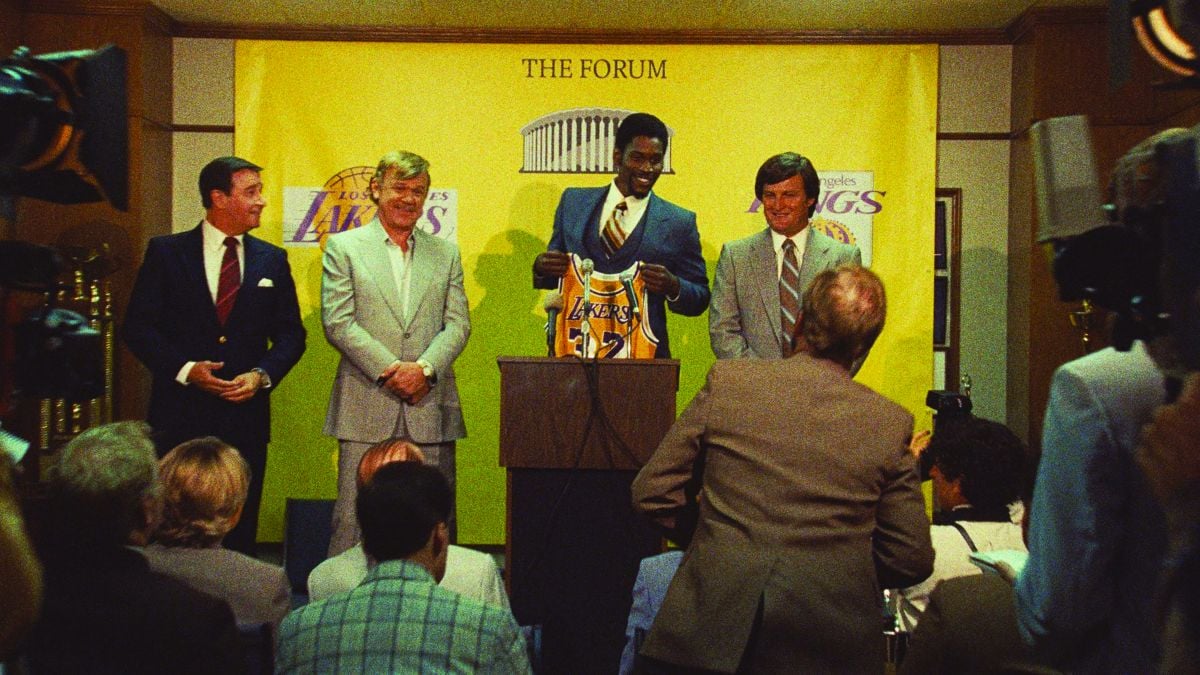
The filmmakers blended many formats to create what gaffer and International Cinema Lighting Society member Josh Hensley calls “a built-in world that was period-accurate while controlling and adding the imperfections of that era back into the image.” The process involved shooting the entire series with an assortment of Super 35mm, Super 16 and “Max 8” Super 8 cameras (see “Film-Camera Roster” section for more on this format), as well as period-accurate video cameras. The intention, Banhazl explains, was to achieve a look approximating “the sheen of 1970s texture — shiny, greasy, grainy and handmade — largely using tools and techniques from that era.
“We intercut some formats mid-scene for specific narrative purposes, to make various moments feel like the period, or to create contradictions that would evoke different emotional feelings within a scene,” he continues. “Like seeing Magic [Johnson] in a big 35mm crane shot with lots of bravado, then cutting to a low-resolution close-up with an Ikegami [vintage video camera] that feels more vulnerable and human.”

celebrates at center court.
Malaimare adds that such methodologies were essential to achieving a significant goal for the production: replicating iconic basketball footage, but intimately. “I think the use of vintage video and 8mm serviced a dual purpose,” he says. “One was emotional — a collective-memory type of purpose. The other was editorial since that material cut really well with archival footage. When you see light trails from the tube camera, you can tell how similar this look is to the way games were shot for TV in that era. We were trying to find light traces, dust or imperfections to get that look — things that are largely lost in images shot today with modern cameras.”
Justin Cameron, the production’s 2nd-unit cinematographer, helped Banhazl design an approach that added the liberal use of Super 8 film and era-appropriate Ikegami ITC-730A and HL-79 tube-style video cameras. The goal of these particular formats was, “to create a language that could be both emotionally reactive and subconsciously nostalgic,” Cameron says. “In fact, the limitations of the formats often ended up being the most unique and rewarding aspect of how they evolved during the show.
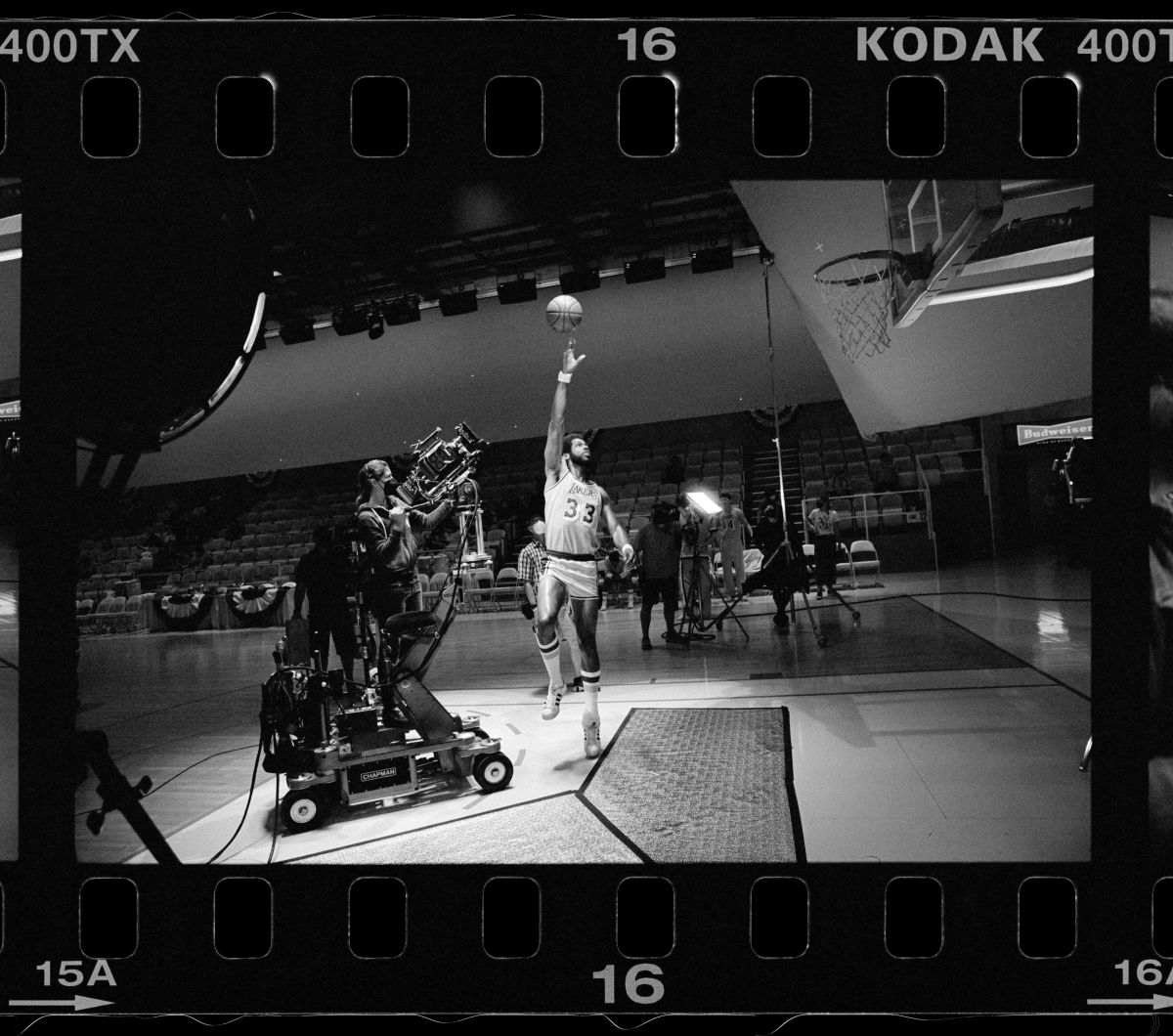
Eventually, it was decided that the show’s foundational look would loosely emulate 35mm Kodak Ektachrome film, with a mix of other formats woven throughout the narrative. “Adam and I originally thought of shooting 16mm Ektachrome,” Banhazl says. “However, we soon realized that if we started at 16mm [quality], we wouldn’t have as much flexibility in terms of upgrading or degrading the image within the edit. Instead, to give us more flex room, we tried to find ways to make 35mm look more like 16mm Ektachrome. So, we pushed everything one-stop and underexposed a half-stop to a full stop, depending on the scene. The filmmakers employed a combination of film stocks (see Tech Specs below), in addition to “using modern digital processes in post to tweak our photochemical work,” Banhazl says.
The cinematographer credits the work of Company 3 colorist Walter Volpatto for helping to approximate the nostalgic Ektachrome look. Company 3 also created LUTs and handled dailies and the final color-grade process. “I realized early on that the look we wanted wasn’t just Ektachrome,” Banhazl says. “It was how we remember Ektachrome looking on a print. The LUTs we created during the testing phase served as our final ‘print looks’ that were used as a starting place in the final color grade, as well as for dailies.”
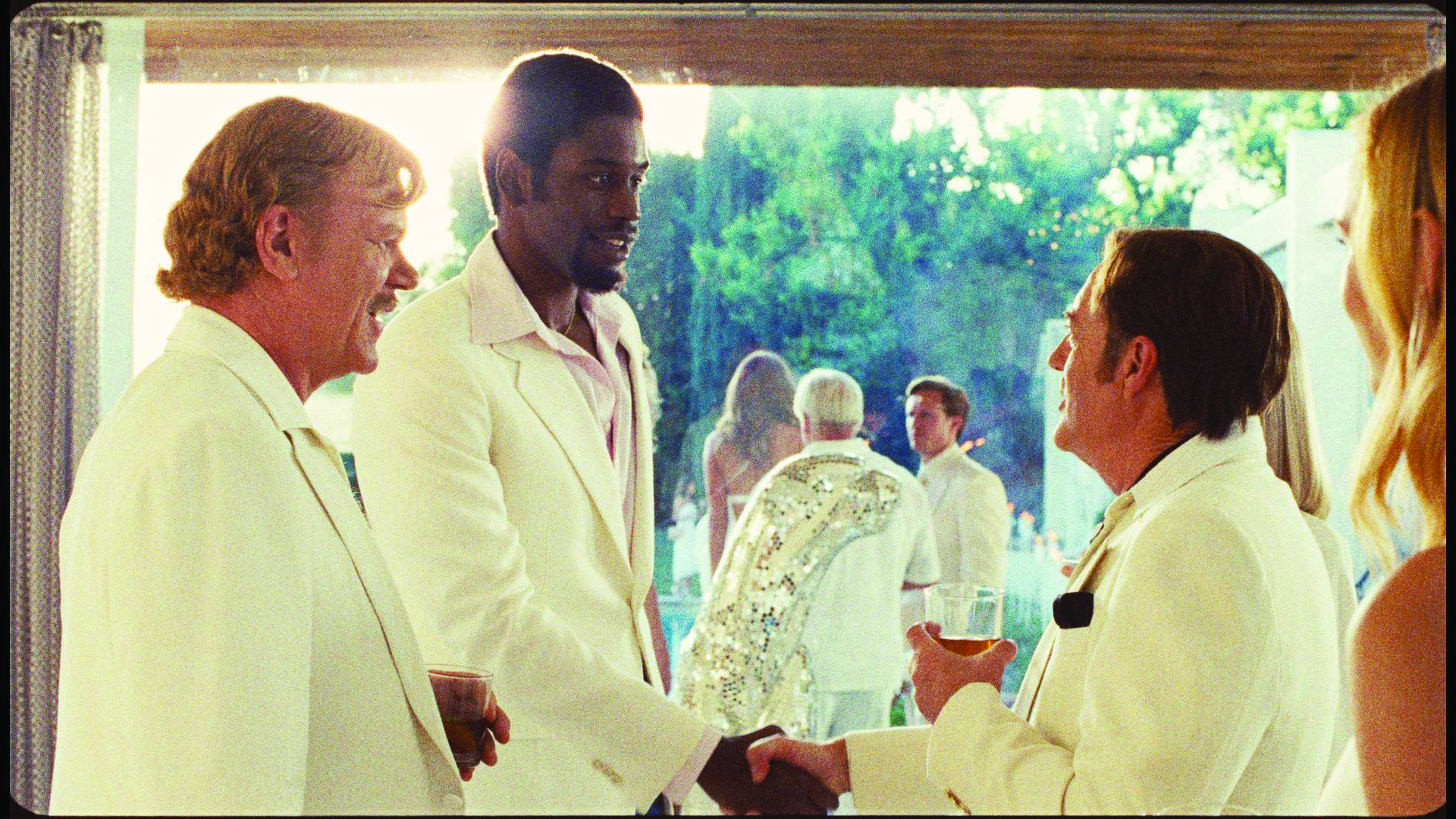
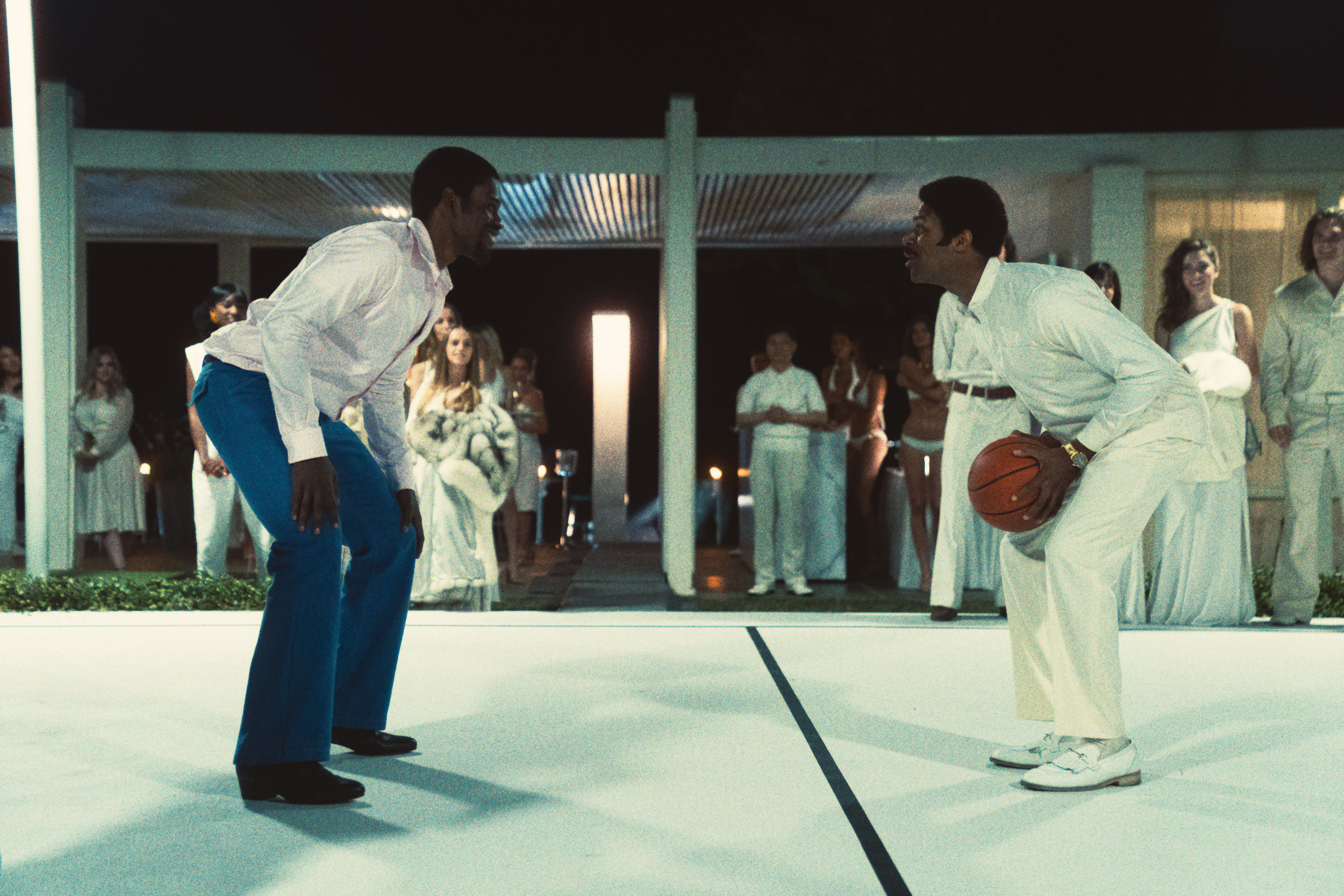
“LUTs were applied at the dailies level and then our dailies colorist, John St. Laurent, would apply additional color correction as needed,” 1st AC David Edsall says. “We would then apply the same shooting LUT to our reference stills, which were captured with a Red Komodo using a Panavision Primo prime. We did not have individual LUTs for each stock, but a different LUT for different points in the story. There was a different LUT for Michigan when Johnson was a boy, for example.”
Adds Malaimare, “On set, both Todd and I used a Red Komodo loaded with the LUTs. The Komodo was our look-check machine and light meter.
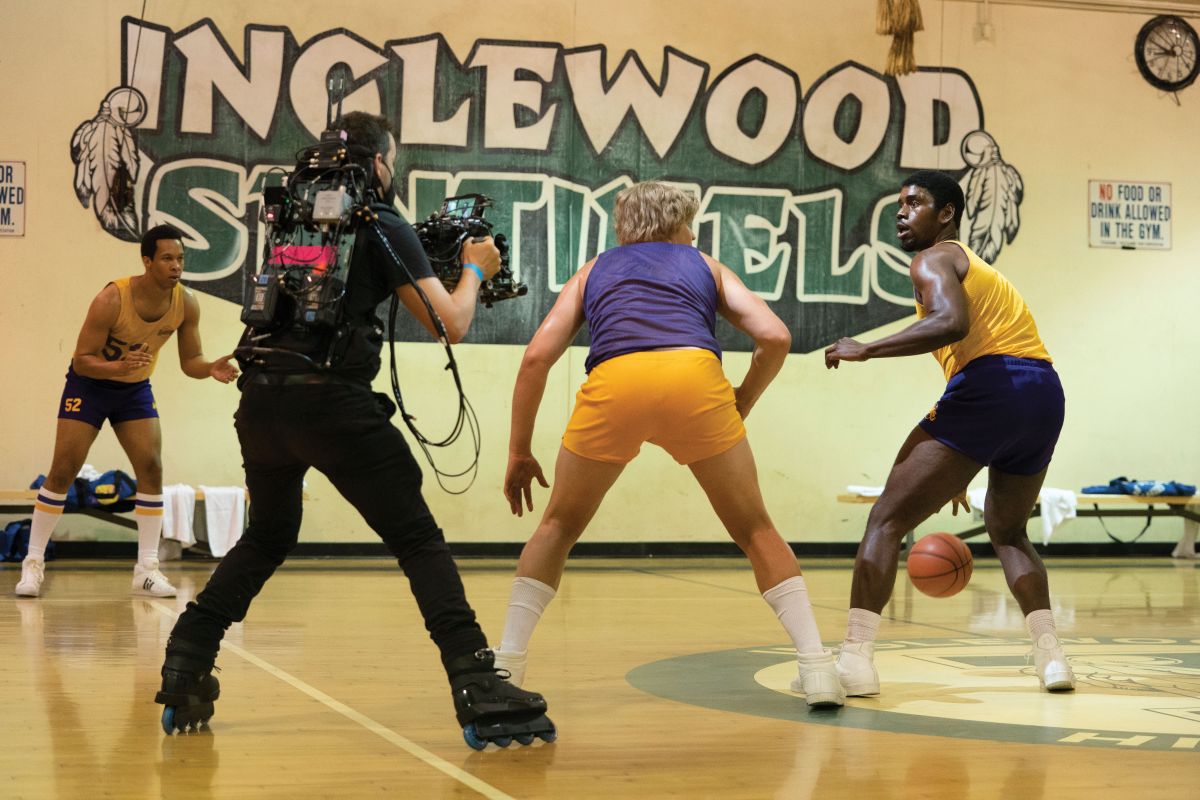
The production ultimately did incorporate 16mm into the mix, mainly to capture basketball action scenes or when a smaller form factor was required. Given the challenges of shooting sports — even simulated — it was important to use a lighter-weight camera for those scenes.
Camera operator John Lyke, a former professional rollerblader and snowboarder, was deployed to capture basketball action sequences — while on rollerblades — which were staged at Los Angeles Center Studios. Lyke strategically weaved through the action with a stripped-down Arriflex 416 16mm camera “with an HD video tap, a single-focus motor and a 5" SmallHD 503 monitor,” Edsall says. “[The camera was] paired with Arri/Zeiss Ultra 16 primes, typically favoring 9.5, 12 or 14mm.” Lyke wore a backpack equipped with the necessary accessories — “Preston MDR4, Teradek Bolt XT and Anton/Bauer Dionic onboard batteries,” says Edsall.
Meanwhile, A-camera operator Sarah Levy would handhold a separate Arriflex 416 with HD, paired with a Canon 11-165mm T2.5 zoom, to grab intimate coverage of huddles, coaches in conversation, and other “in-game” elements.
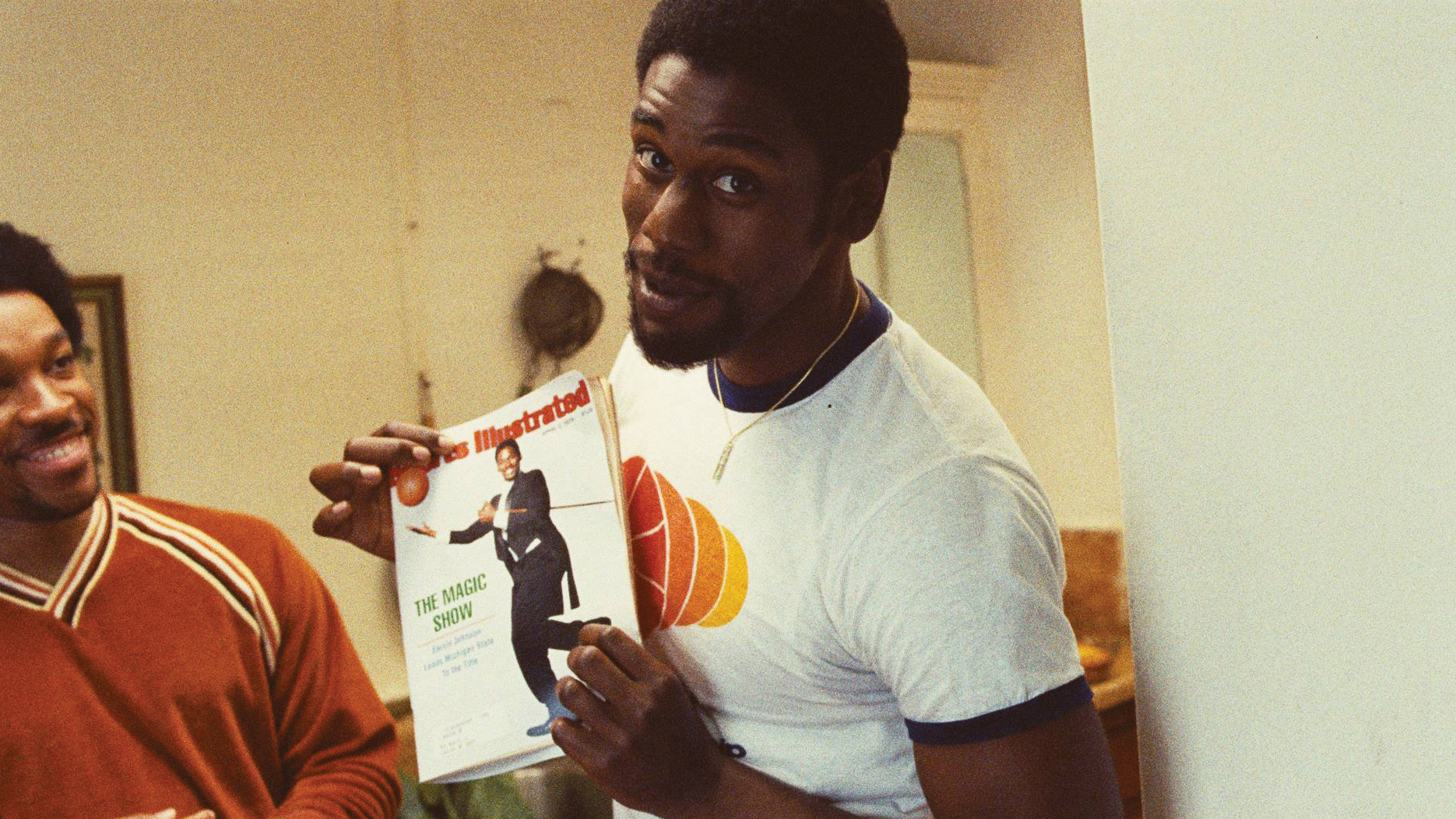
All episodes of the series beyond the pilot — which employed Arricam LT film cameras — used Panavision Millennium XL2s (the main unit had four, with additional bodies brought in by other units) to capture 35mm footage. Edsall reports that Panavision Primo prime lenses and Primo zooms (4:1 and 11:1) were used on both of these A and B cameras. He explains, “On exteriors, we would often add a 2x extender to the 11:1, giving us a 48-550mm lens! We also carried a set of Panavision Ultra Speed Zeiss MKII lenses for night and low-light work. For basketball-specific work shot handheld with the B and C [35mm] cameras, we often brought in Angenieux Optimo 28-76mm and 45-120mm lightweight zooms.
“On game days, we would employ anywhere from eight to 14 camera bodies, utilizing from four to six camera teams. For example, four XL2s, one [Arriflex] 435, two 16mms, five Ikegamis and two 8mm were used for the NBA Finals. The A camera was still an XL2 equipped with an 11:1 — but when going handheld, the A-camera team, Sarah and David, would grab a 416 with [the Canon zoom] to help give us a [documentary-style] feel, so we could start wide and end in a close-up.
“Basketball games would typically be covered with three XL2s in studio mode on zoom lenses, each with an 11:1, from outside of the play. Then, while the players were still running that play, we would move inside the action, going handheld, with the A-camera team [and their 416] — and B and C [XL2] cameras would convert to handheld, utilizing the Angenieux zooms. For the next play, we would fall back into studio mode and repeat the process from outside the play. In addition, whatever mode the film cameras were in, the Ikegami would follow suit, either in studio or handheld shooting, alongside the film bodies.”
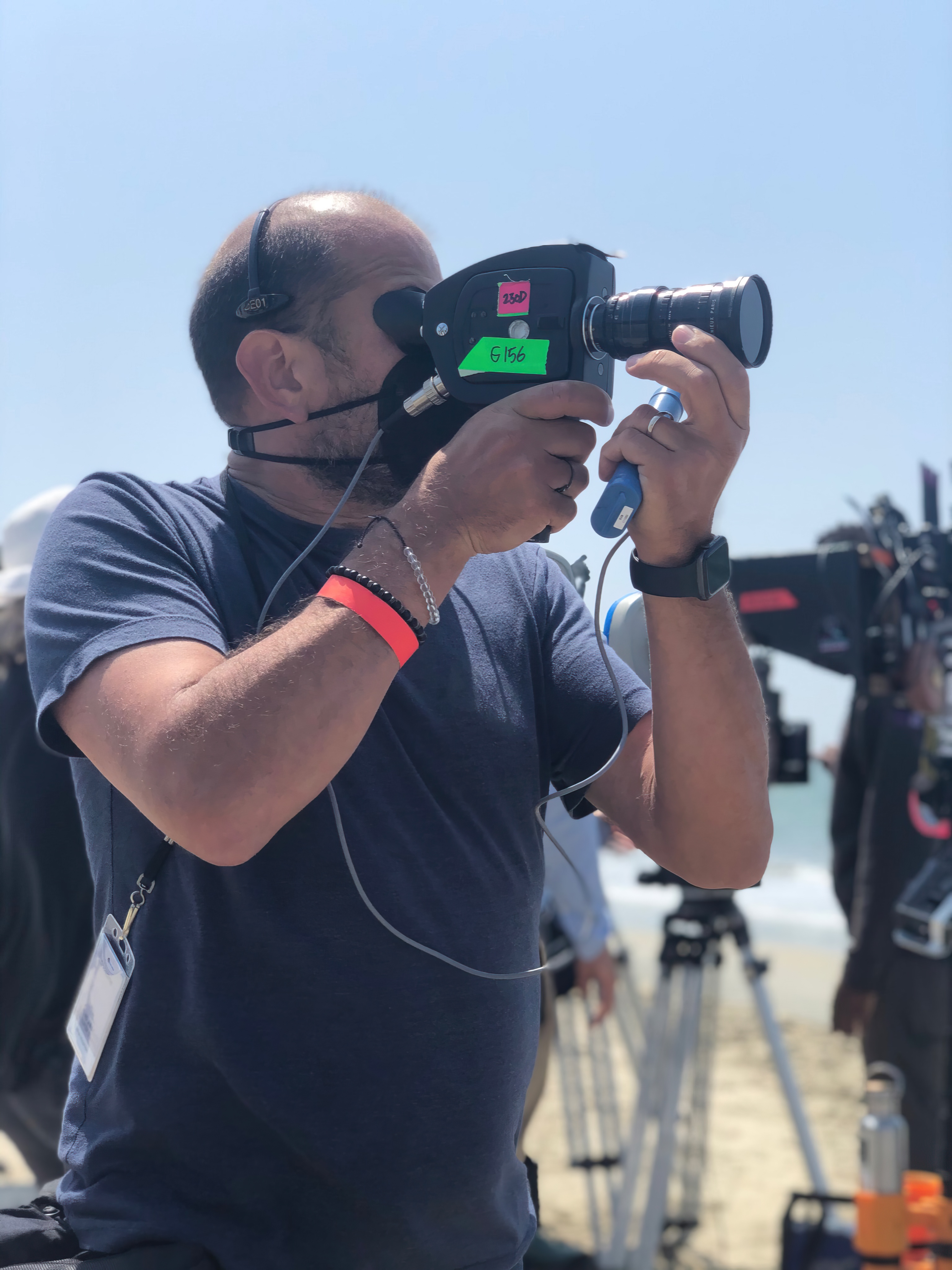
The production’s custom, rebuilt and modified Beaulieu 4008 (formerly) Super 8 cameras were paired with Angénieux 8-64mm C-mount lenses. These cameras had been serviced and upgraded, by Pro8mm, to a larger gate size called “Max 8” — a proprietary format utilizing the maximum negative area of Super 8 film and designed to allow a native 1.78:1 aspect ratio. The production purchased two of the Max 8 Beaulieu 4008s and sometimes rented a third. “We also had a prototype Kodak 8mm camera, which we used sparingly,” Edsall adds.
This footage was used extensively in the show’s title sequence:
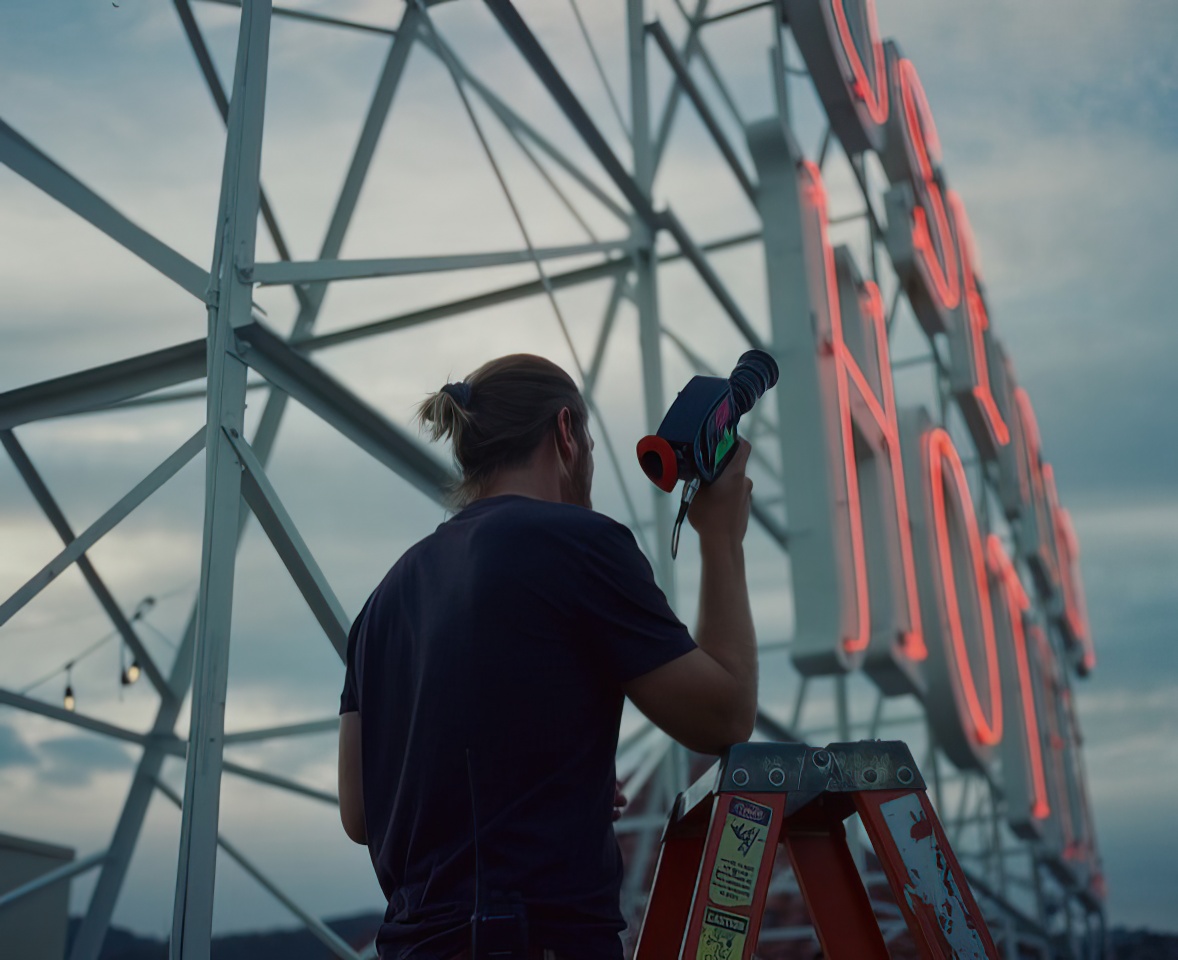
The film’s 35mm and 16mm footage was processed and scanned by FotoKem. The Max 8 film was provided by, developed and scanned in-house (at 4096x3112) by Pro8mm. More than 1,000 rolls of Super 8 film were used during production.
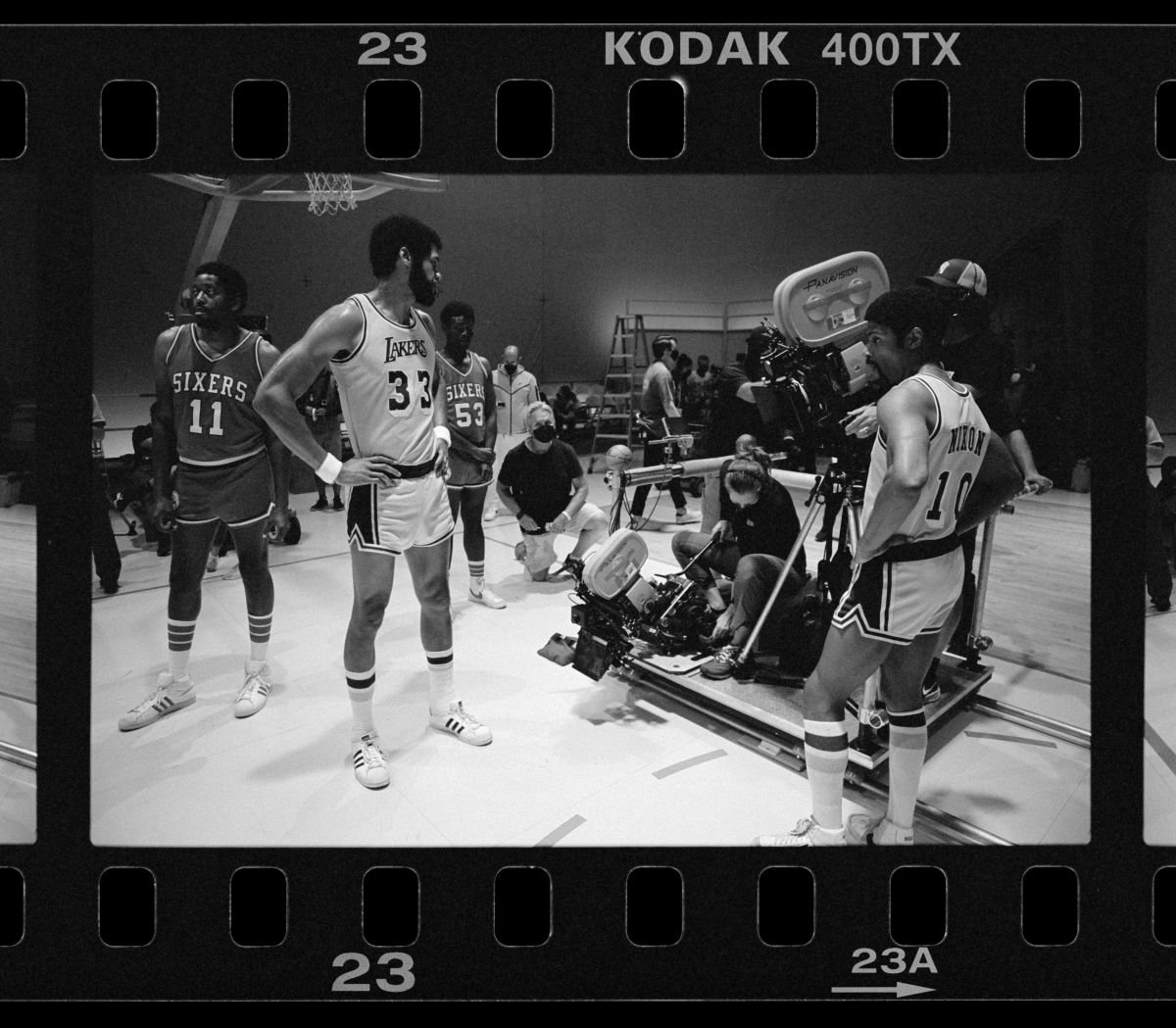
“We had the initial idea to blend 35mm elements with some old video,” McKay recalls, “but the breakthrough discovery came when we found we could use an actual period camera — the Ikegami (see below). Todd and I just loved it instantly. Shooting with it was like going into a time machine, and it looks so authentic. Once we found that, along with Todd’s idea for how to do the Ektachrome look, we had our big breakthroughs. The multi-format approach really helped, especially for the basketball scenes.” (Ed. note — This wouldn’t be the first vintage-camera-heavy production for McKay, as reported in our coverage of Vice in AC’s January 2019 issue.)
However, just figuring out which Ikegami cameras to use — as well as finding them, restoring them, and keeping them running — proved to be a major project, one that Banhazl calls “a Wild West expedition.”

Edsall headed that project. He explains that his team eventually chose to deploy vintage Ikegami ITC-730A cameras, which were in vogue during the early 1980s for coverage of live sporting events. He eventually located an additional Ikegami from that era, the HL-79. “I searched for tube cameras online, on eBay and from a local source,” Edsall recalls. “I was able to get quite a few of the ITC-730A models, but I had to buy them sight unseen and just hope they would work. I had about a 50-percent success rate. We went into the season with two hero bodies and a few backups, and then I got one or two more running. Our team was very good at protecting these vintage cameras — keeping them off bright sources, capping the lens between setups, and giving them ample time to warm up before shooting.”
Despite the complications of using vintage video cameras, Malaimare notes that they more than satisfied the filmmakers’ needs and expectations. “The camera is representative of the era we were portraying,” he says. “I soon realized it worked really well for close-ups and emotional moments as a perfect third camera on this production. The look is period-accurate, but as Todd says, the use in emotional scenes is Camera operator John Lyke wore rollerblades to capture dynamic basketball action. contradictory; it somehow emphasizes the feelings with its raw look — while shooting a basketball game on an Ikegami makes [the action] feel more than real.
This mixing-and-matching of film formats, particularly during basketball sequences — combined with the lower-quality imagery produced with vintage cameras — created a complex visual-effects process for VFX teams from Pixomondo and FuseFX, who worked on these sequences. Visual-effects supervisor John Heller says the entire series has about 1,600 visual-effects shots, approximately 750 of which are basketball-specific.
Heller notes that for the set of the Forum arena, home to the Lakers until 1999, the only elements that were built practically were the basketball court, one sideline, and a few rows of seats. That “basketball footprint,” as Heller calls it, was surrounded by a 360-degree greenscreen in order to permit CG teams to build the bulk of the arena interiors, large crowds, and some of the exteriors. This also allowed the filmmakers to change the look, details and lighting of the set to stand in for other arenas across the country.
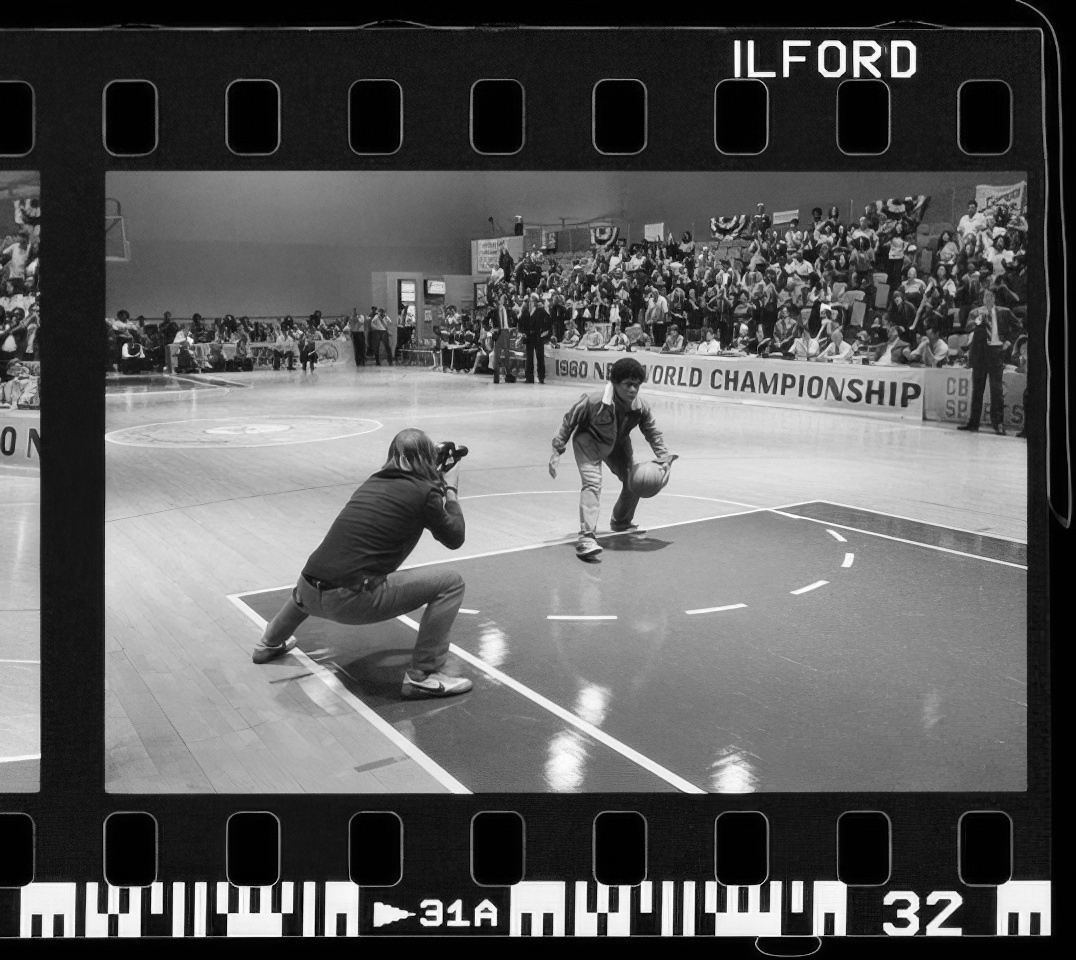
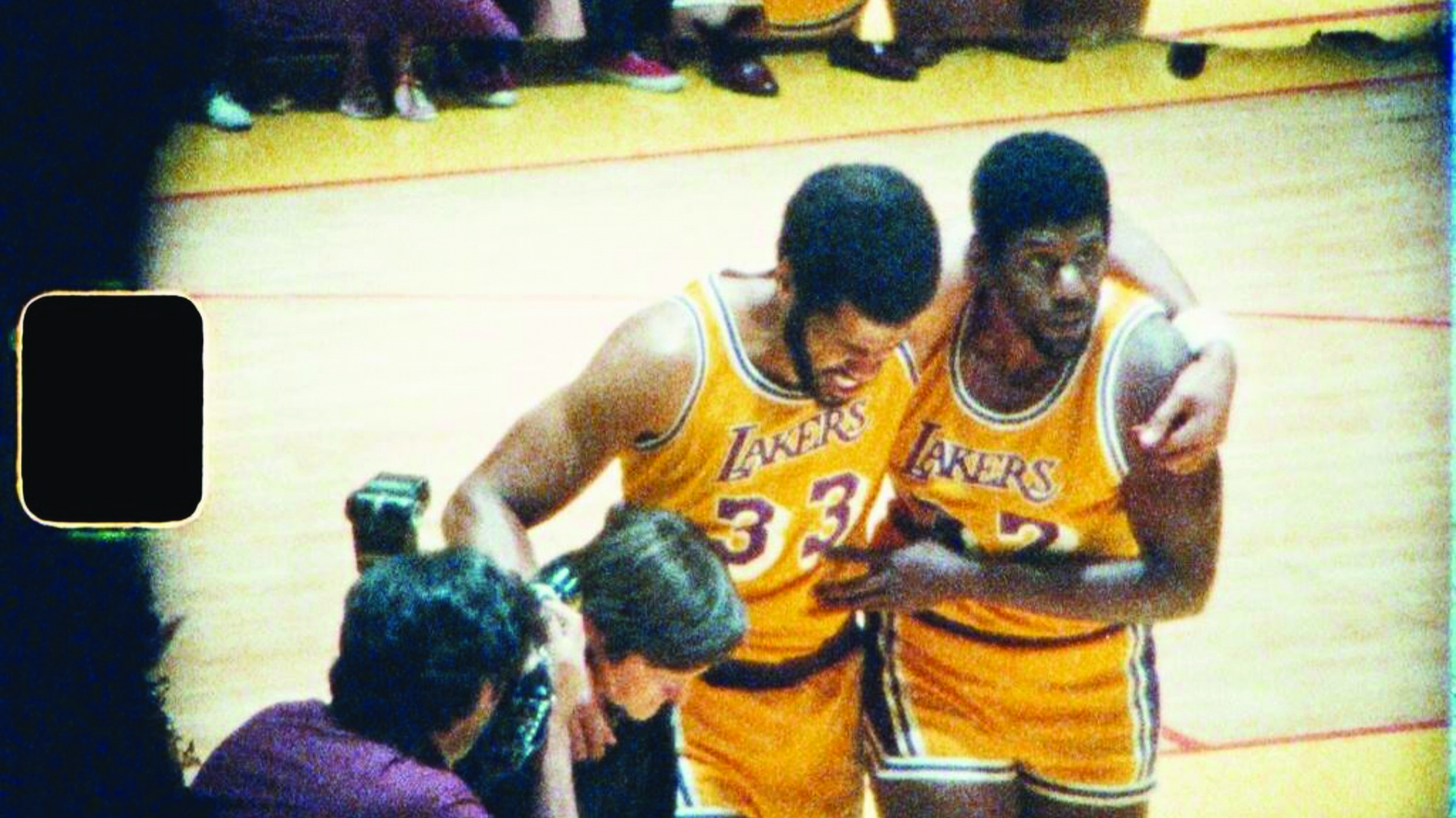
The postproduction task of matching CG style and renders to different camera-format qualities, often within the same scene, was a massive undertaking. “Each camera format has different grain and gate structure, and they capture light very differently,” Heller says. “So, when rendering CG environments, we had a lot of work to do to make sure all the lighting and material setups in those environments could shift or pivot to mimic what each format looks like.” Heller considered the bibles that Banhazl provided, which showed the specific lighting style of each arena, to be invaluable. “[We sent them] to vendors to match lighting styles, temperatures and colors,” Heller says. “From a visual-effects standpoint, the multi-format approach — using different period cameras — made this show particularly unique in my experience
Shooting actual basketball action, however, could only be done practically, and proved to be a particularly complex endeavor. Malaimare says most of the basketball sequences that were crucial to the plot — and well-known to Lakers fans — were broken down into sections and filmed following extensive rehearsals. He adds that the filmmakers put significant effort into ensuring that the action “didn’t seem too modern or stray too far from our references. We would draw camera angles and try to figure out how many cameras, and which cameras, would work best within our restrictions.
“One restriction,” he continues, “was the fact that a fair amount of the arena was greenscreen and we had to visualize how it would look in the end. Another was adhering to reference images and angles, and yet allowing ourselves to experiment until things felt right — both replicating the look of a certain game, and yet not being overly precise in a way that would make it too modern.”
Key grip David Richardson developed a variety of rigs to function within the basketball set so that the on-court action and stunts could be filmed intimately. Among these was a large platform dolly capable of holding multiple cameras, “with sufficient space between the track so that a basketball player could dribble very close to the camera without the track interfering with the performer’s footwork,” Banhazl says.
“We put two 35mm cameras on the dolly — wide and tight on players and coaches, etc. — or a 35mm camera with a low-angle prism to get footwork, or an image shaker to get visceral basketball action, and we’d sometimes sneak Justin, our 8mm operator, on there as well.
“The platform dolly was used extensively as our first setup for each basketball play,” Edsall says. “A and B XL2 cameras would each ride on the dolly, with A capturing the play in a wide and B capturing a tighter shot.”
Other unusual rigging included Ikegami cameras mounted to Technocrane remote heads.
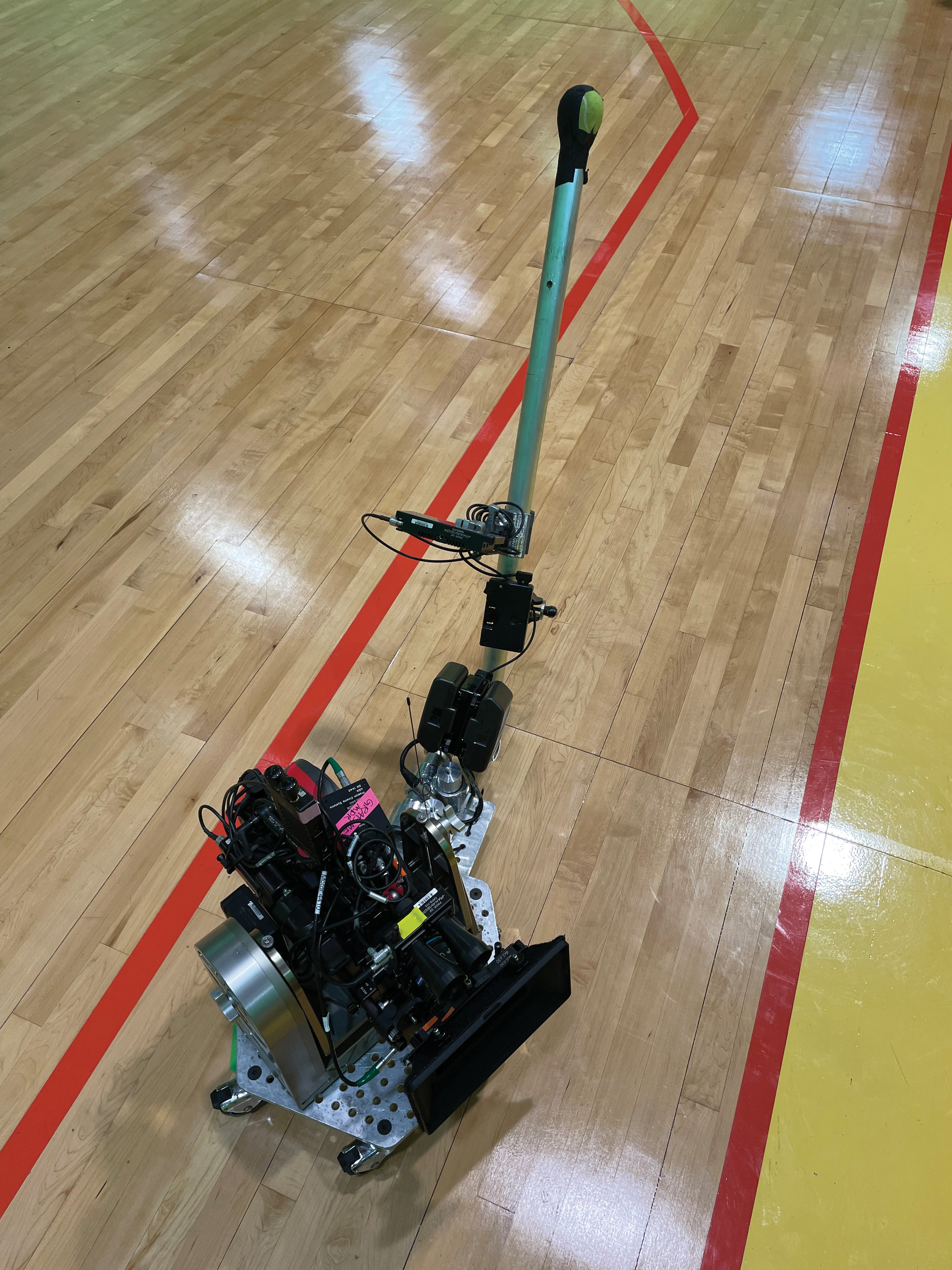
Additionally, Richardson built what he calls a “broom” camera, which was essentially a lightweight remote head with a 416 camera that could be pushed around the players from a low angle to capture shots between their legs in a “sweeping” motion. “The rig was a cheese plate mounted on skate wheels a few inches off the ground, with [a remote head],” Edsall says. “It had a speed-rail handle with a 5" monitor on it, so John Lyke could push it around on his skates while Sarah Levy would remote-operate pan and tilt — a difficult task, as John was following the action at game speed.
“David also designed a system that had a spinning-ball mechanism attached to a Technocrane arm,” the cinematographer adds, “so that the camera and ball could be ‘passed’ from player to player — and the ball could even launch off the rig into the basket.”
In addition, Cameron also shot slow-motion material with a Max 8 Beaulieu camera. “We used a variety of tools to create 8mm camera movement, including rickshaws, dollies, slider plates and a variety of mounts,” he says. “Of course, there was no video tap for 8mm — it can’t be constructed/built or viewed on set, traditionally. So, you can imagine the communication constantly required by all the departments to maintain our visual language with no monitor.”
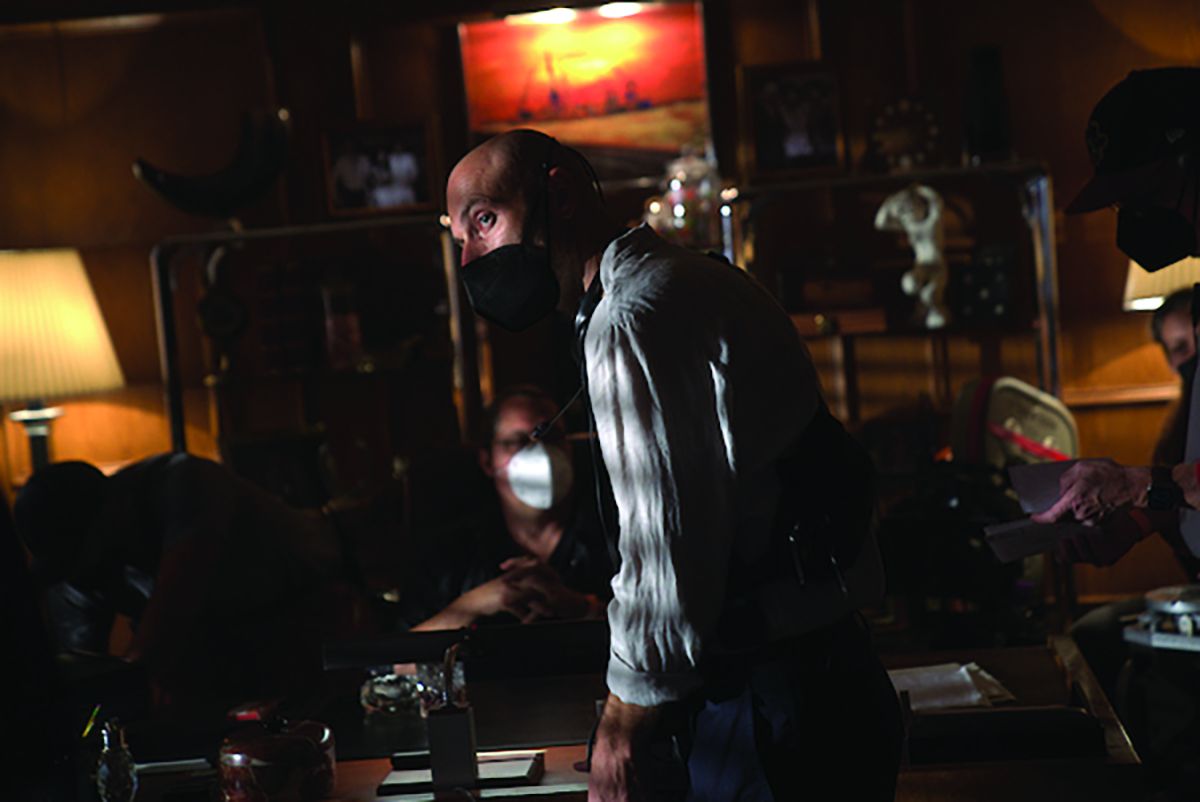
Lighting the basketball arena was also top priority, particularly because the set had to be changed to represent different arenas. “We conducted tests to get an idea of what could replace halogen and specific period lighting fixtures,” gaffer Hensley says. “Traditional fixtures conduct too much power, they flicker, and they require substantial cycle-time [when turning them on and off], which became a real issue, considering the speed we needed to move at while limiting color, output, and [the noise produced by halogen and arena lighting]. When pointed straight down, the big tungsten units and HMIs we were using burned the housings they were in within minutes, creating a maintenance schedule that wasn’t worth the reward.”
Hensley’s solution was to turn to an LED technology that eventually became his primary lighting tool for basketball work: the Cineo ReFlex R15, a unique fixture with a movable center hexagonal bi-color LED array surrounded by a parabolic reflector that outputs a field angle from 15 to 75 degrees. “With the R15, we were able to do large hard-light/ area lighting while controlling the color, intensity and shape of the beam from the programmer’s board,” Hensley says. “When we stacked the R15 in a larger array, it became clear that we were looking at a source that could set a nearly identical tone to what existed in the Forum during the ’80s. The ability to fine-tune the source allowed us to create varying looks for the away games, which helped further sell the nuances of each arena. This also gave the camera team the ability to shoot in 360 degrees without placing a single light on the floor.”
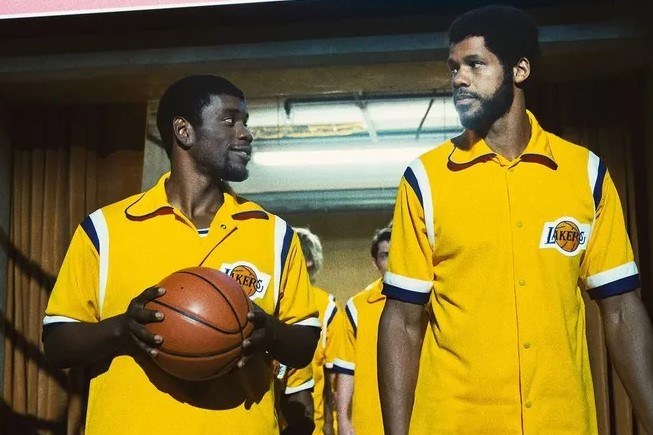
Both Banhazl and Malaimare were impressed by the R15 technology and how it met their needs. “It’s an amazing hybrid LED light you can totally control,” says Malaimare. “You can basically replicate everything from sodium-vapor to mercury to metal-halide fixtures with it. We did extensive tests by trying real fixtures side-by-side with the R15, and we were totally able to replicate them.”
Heller adds that the nuanced control afforded by this kind of lighting tool was a key component for building believable visual effects. “In some scenarios, we played the arena as a fully lit environment,” he says. “In others, the court is fully lit, but the light falls off as you get to the stands. Being able to control all of those different scenarios was really important for our success.”
Banhazl also credits Volpatto and the Company 3 team for the depth of their participation in the testing process, from the project’s earliest days, “Walter was there with me from the beginning to the end, from testing and creating all the looks, to the final grade where we finished all those beautiful period imperfections in the image.”
1.78:1, 1.33:1
3-perf Super 35mm, Super 16, Super 8
Cameras: Panavision Millennium XL2; Arriflex 435, 416; Pro8mm Max 8 Beaulieu 4008; Kodak prototype 8mm; Ikegami ITC-730A, HL-79; Arricam LT (pilot only)
Lenses: Panavision Primo prime, Primo zoom, Ultra Speed Zeiss MKII; Arriflex/Zeiss Ultra 16mm prime, Canon zoom; Angénieux zoom; Cooke S4 prime (pilot only)
Film Stocks: 35mm | Kodak Vision3 500T 5219, 250D 5207, 50D 5203; Kodak Double-X B&W 5222 || 16mm | Kodak Vision3 500T 7219, 250D 7208, 50D 7203 || Super 8 | Kodak Vision3 500T 7219, 50D 7203; Kodak Ektachrome 7274; Kodak Tri-X Reversal B&W 7266; Pro8mm 250D Pro8-07
The production used the Ikegami ITC-730A video cameras extensively during basketball sequences — one handheld on the court, two on remote heads suspended on a truss, and two mounted to the hoop backboards so they could both serve as set dressing and record shots as needed. “We modified the side of our Ikegamis to add a cheese plate, so we could mount a Pix 240 recorder, an AJA analog-to-SDI converter, a Teradek Bolt XT wireless transmitter, and a Preston MDR-4,” 1st AC David Edsall says. The exception, he notes, was the onscreen cameras, “which needed to remain picture-accurate, so we could not add any accessories to them. We would cable running-power and composite video to a small Pelican case, hidden offscreen, containing a Pix recorder, AJA and Dionic battery. We affectionally referred to this recorder setup as ‘Always Dependable’ in honor of former Laker A.C. Green. These cameras were fixed-focus and fixed-focal-length. We would adjust the frame as needed between setups.”
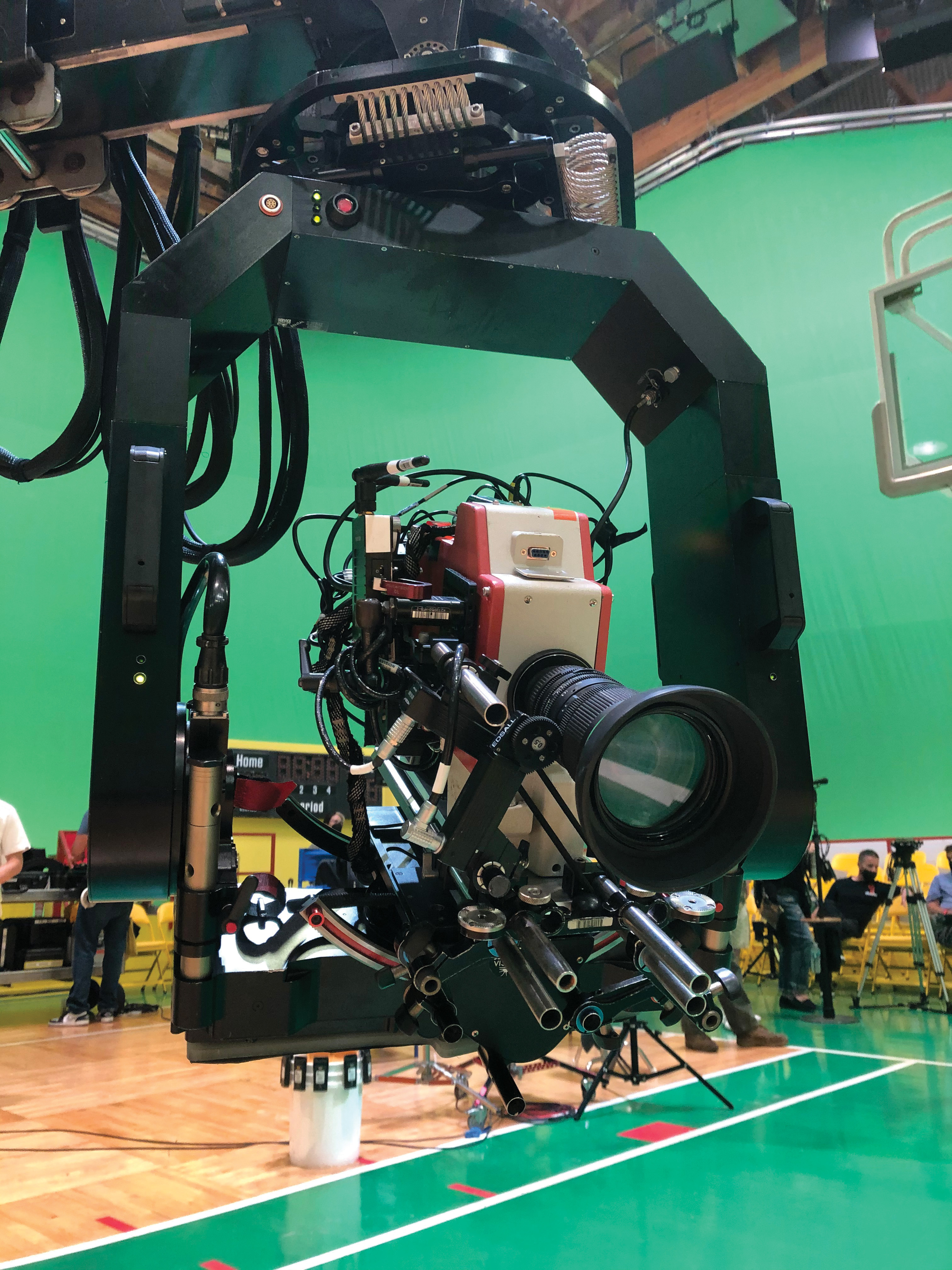
“Back focus was always an issue since these cameras were strictly eye-focus,” Edsall continues. “[Focus puller] Gary Bevans and [operator] Justin Cameron would get critical focus marks before each setup and finesse and refine them on each take. We also removed the eyepiece for Justin so he could use a SmallHD 702 7" monitor, giving him both 1.78 and 1.33 aspect-ratio markings. Company 3 applied the conform from 480 59.94 to 1080 23.98 for all the Ikegami footage, allowing the editorial team to seamlessly integrate.”
“1:78 was used for narrative work within the video,” says Cameron. “1:33 had several objectives, but primarily it was our conduit to period-accurate TV re-creation, including basketball broadcast. We had a blast creatively playing with aspect-ratio choices and breaking our own rules as the language evolved. For example, during a timeout, we could find ourselves emotionally attached to a character, [which would be a] 1:78 narrative mentality. Then, back in-game, a 1:33 broadcast position and language/zoom would take over. A fun and unique aspect of vintage video!”
AC recently covered Malaimare’s work in The Hate U Give, Jojo Rabbit and The Harder They Fall.
Banhazl’s camerawork in the feature Hustlers was covered in our March 2020 issue.






